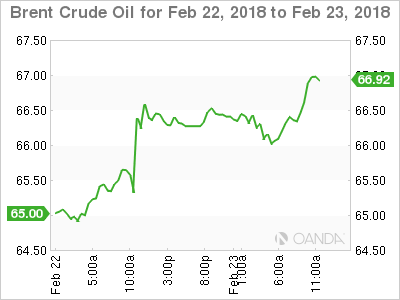Alright folks, let’s talk wages. The latest US average hourly earnings report for March came in at 0.3% month-over-month, hitting the expected mark. But hold your horses! Don’t pop the champagne just yet. While it met expectations, the previous month’s figure was revised DOWN from 0.30% to a measly 0.2%. That’s a sneaky little adjustment that’s brewing trouble.
This isn’t just number-crunching, people; it’s about understanding the momentum. Faster wage growth can signal inflationary pressures looming. It means businesses might pass on those higher labor costs to consumers…you know, in the form of higher prices for everything. It’s a vicious cycle, and the Fed is watching very closely.
Let’s break down what’s going on under the hood:
Wage growth reflects changes in earnings based on the number of hours worked. It’s a key indicator for understanding the health of the labor market.
Revisions to prior data are common, but downward revisions, like this one, are particularly important. They can alter the overall trend picture.
The Fed uses wage growths as a critical input when assessing inflation risks and making monetary policy decisions, like interest rate hikes or cuts.
And frankly, this revision is a bit of a gut punch. It suggests the initial rosy glow of wage increases might be fading. We’re talking about a potential slowdown, which could impact consumer spending and overall economic growth. The market’s reaction? Expect volatility, these numbers inject more uncertainty in a market already jumping at shadows. I’m telling you, this is a developing situation that requires careful monitoring. Don’t be fooled by surface-level numbers – dig deeper, people! This is not cause for celebration.







